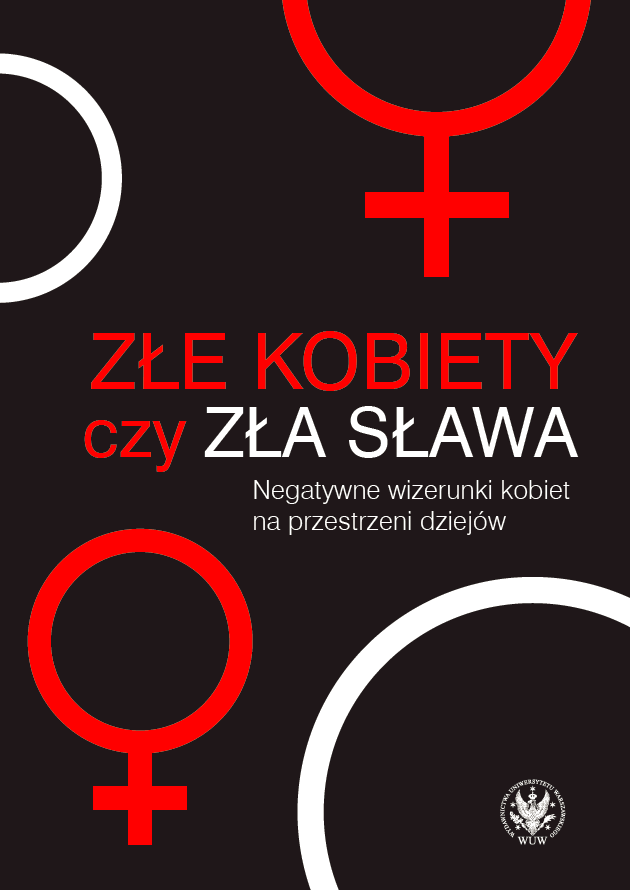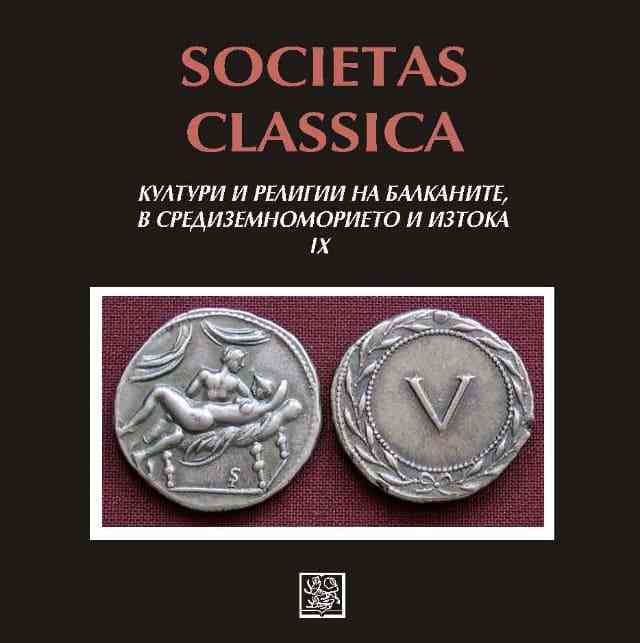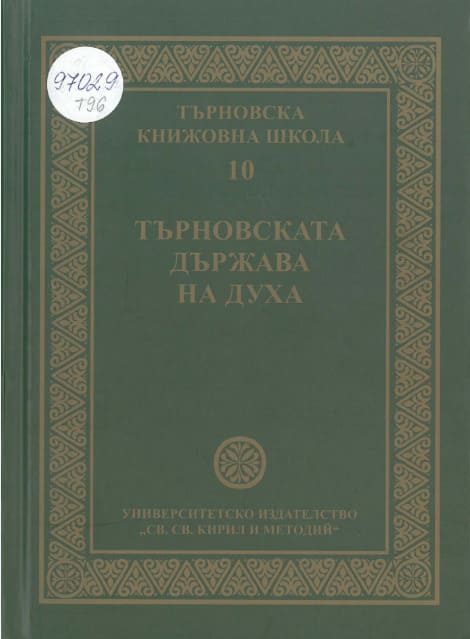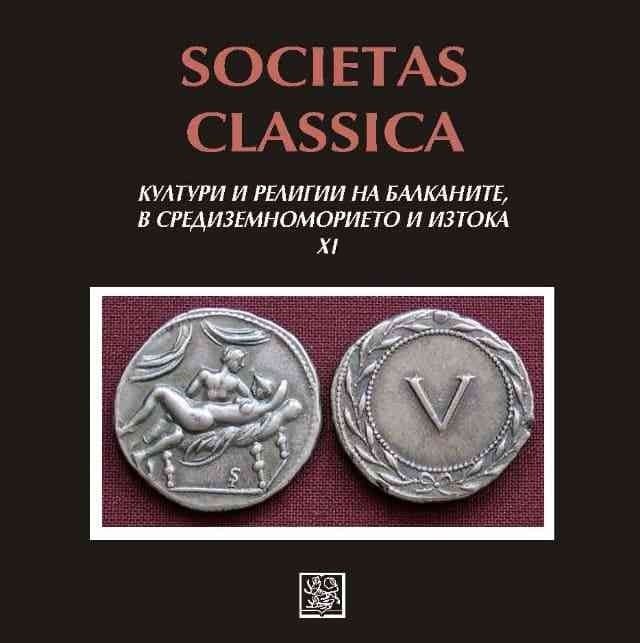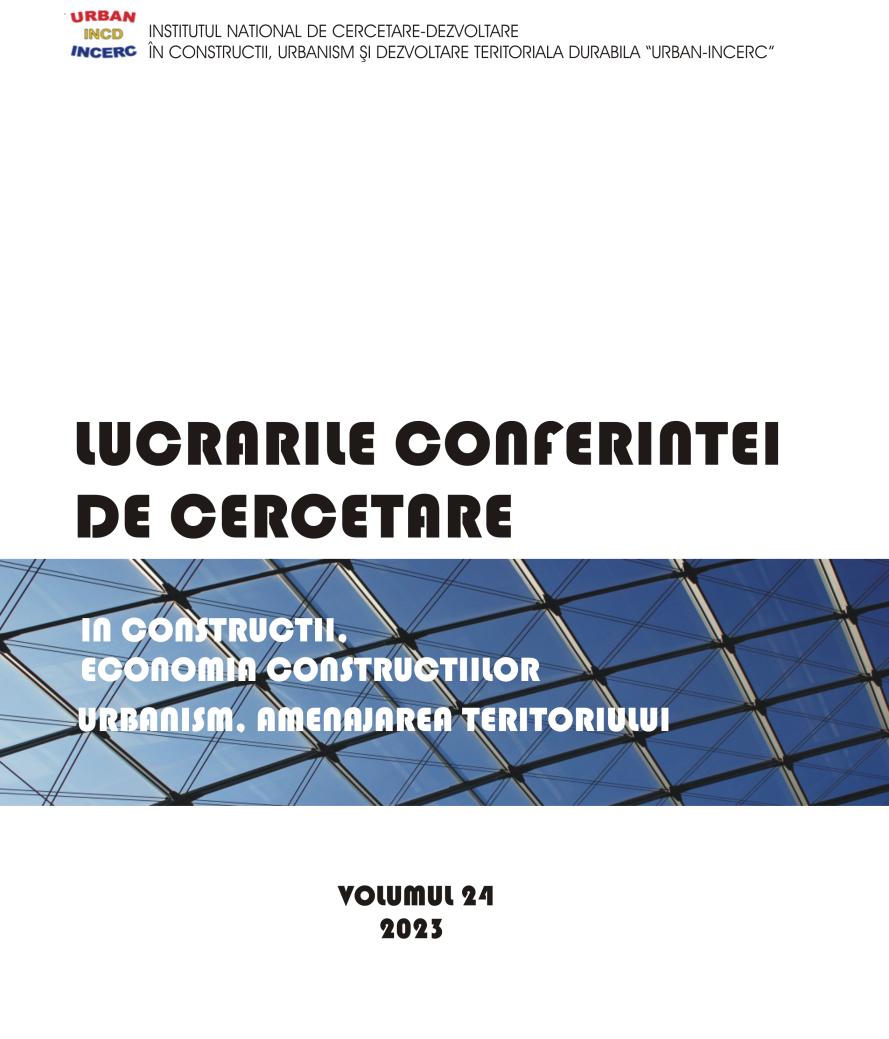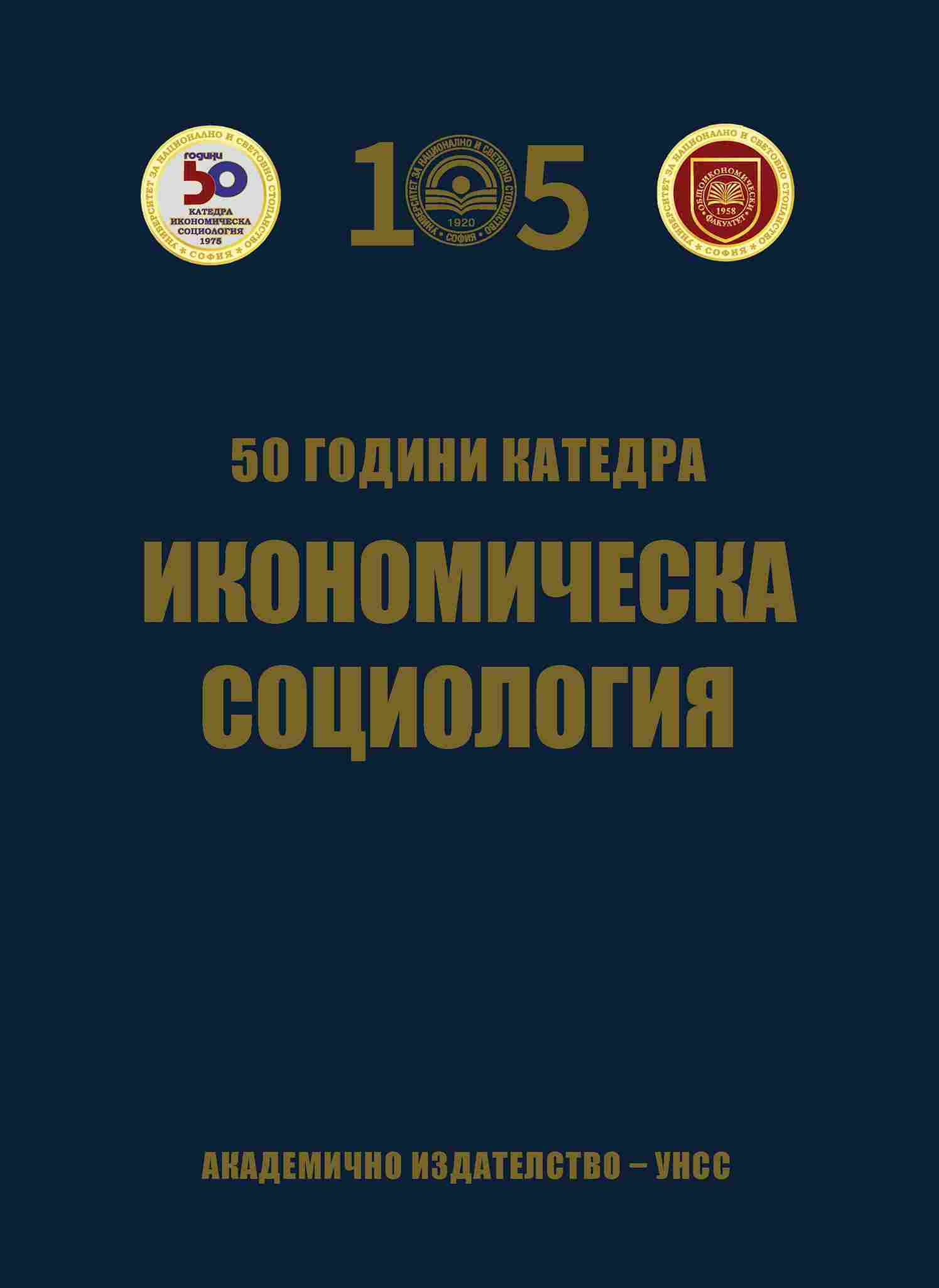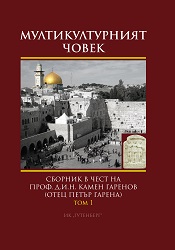
Непубликувани предмети на въоръжението, конското снаряжение и бита от с. Марково, Шуменско
The paper presents part of a hoard containing items of armaments, horse trappings and everyday objects discovered accidentally on the land of the village of Markovo, Shumen region. While inspecting the site of the discovery on the surface the author came across an array of heavily decayed iron items from tools, cattle-breeding equipment, animal bones as well as some fragments of building ceramics and pots of engraved linear decoration and polished strips from the VIII-th - X-th c. The Old Bulgarian signs engraved on some of them refer to the same period and have numerous analogies from Pliska, Madara and Preslav. Then the author assumed that a medieval settlement probably existed in the site of the discovery or the objects fell there by obscure circumstances most probably from the nearby large but insufficiently studied Hambarluk fortress from late Antiquity and the Middle Ages which came into existence in the V-th - Vi-th centuries and continued existing until the XIV-th c. The published materials by analogies fall withing the chronological boundaries of the early Bulgarian Middle Ages and specifically in the mid-X-th - late XI-th centuries.
More...
